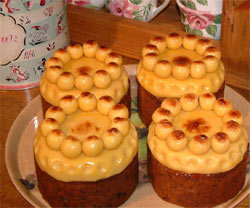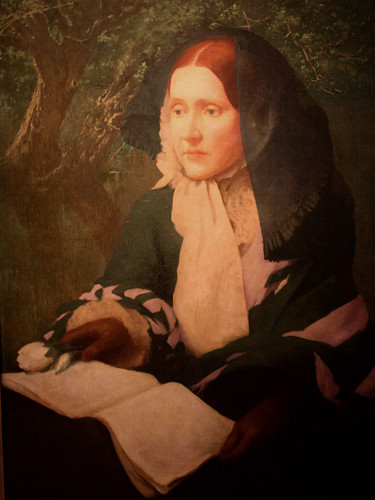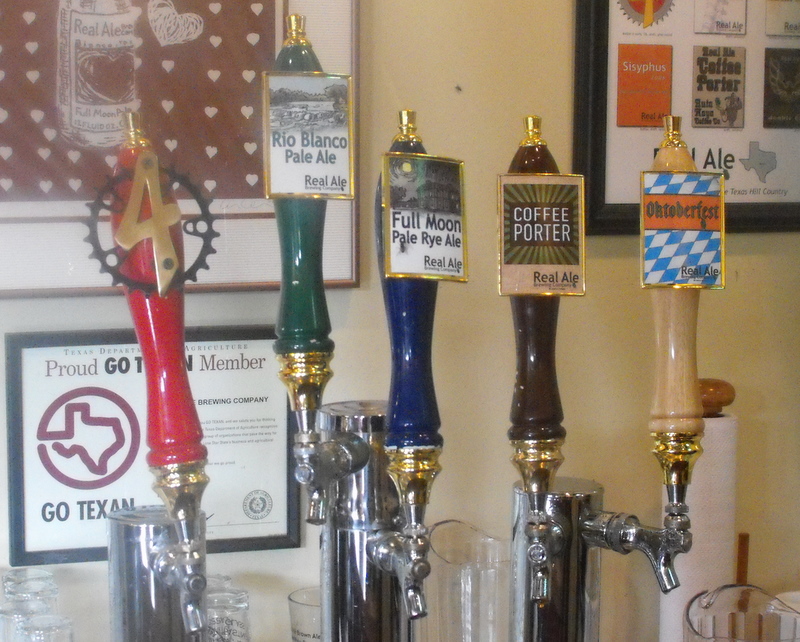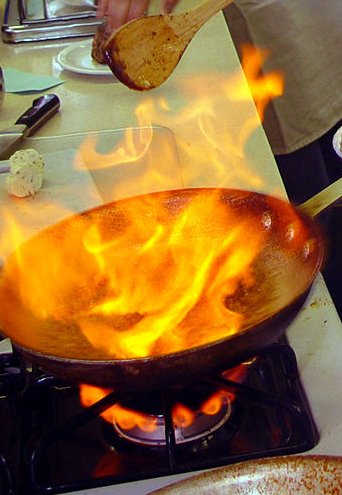Tasting Notes Chilean Wine Tasting May 8, 2010 at The Turtle Restaurant
2009 Cantaluna Sauvignon Blanc received a Silver Medal - Wine of Chile Awards 2008
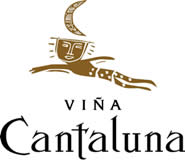
Sauvignon Blanc finds its apogee in brisk, vibrant wines that are at their best when consumed young. The color is light yellow with an intensely fruity nose and offers scents of melon, peach, fig and tangerine, plus a hint of anise. Sappy citrus and pit fruit flavors show good depth and energy, with a refreshing bite of white pepper adding further lift. Finishes with good cling and a bit of heat, echoing the melon note.
Chile's Central Valley as well as the Casablanca and San Antonio Valleys to the north are emerging as the source of vibrant, unoaked Sauvignon Blancs at very reasonable prices. The Colchagua Valley is located between the southern latitudes of -34º 15' - 34º 50' , and the eastern longitudes of 72º 00' - 72º 15', 130 km south of Santiago .
The combination of an excellent climate with different soil types that are irrigated with melted mountain ice, make the Colchagua Valley a true paradise for quality winemaking.
With its bracing acidity, Sauvignon Blanc is a natural partner for fresh goat cheese, as the acidity slices perfectly though the chalky texture of this style of cheese. Sauvignon Blanc also works well with shellfish and delicate seafood.
We are serving this Sauvignon Blanc with goat cheese and beet empanadas.
2006 Amayna Chardonnay received 93 points from Robert Parker’s The Wine Advocate, October, 2008

This 2006 Chardonnay exhibits mineral, almond, white peach, and poached pear aromas. On the palate it displays elegance, a creamy texture, layers of flavor, and a striking resemblance to Grand Cru white Burgundy. It is a terrific value at the price.
Amayna is a new super premium Chilean brand that is owned by the Garces Silva family. The winery that bears the family name was founded by Jose Antonio Garces who acquired the property in the San Antonio-Leyda Valley in 1997, and in doing so become a pioneer in the area’s vitivinicultural development
On the seaward side of Chile’s coastal range and only 14km from the ocean, Amayna is produced from some of Chile’s most temperate vineyards. Situated on rolling hills with a clay loam soil, Amayna’s vines are also supported by a long cool ripening season that offers an ideal environment for perfumed and elegant Sauvignon Blanc and Pinot Noir. A particularly delicate grape, Chardonnay readily expresses the characteristics of the growing region as well as the specific techniques employed in the winery.
Winemaking
An important feature of the Amayna winery is that it is built into a hillside, there is a natural downward slope that permits use of gravity to move must and wine, a critical aspect of the winemaking process. Gravitational flow implies that pumps are not used in the winemaking process, providing greater hygiene and less astringency, but most importantly greater elegance to the final.
We are serving this excellent Chardonnay with sweet corn and cheese empanadas
PARQUE 2008 Carmenere
Dried plum, strawberry & fresh blackberry blend with green pepper & earthy notes of fresh tree sap & dried leaves. Notes of dried sage & thyme round out the flavor of this mouthwatering Carmenere.
The carmenère grape was imported to South America in the 1850s, along with other Bordeaux varieties, prior to the European outbreak of Phylloxera. The history of Carmenere wines is interesting. Carmenere was one of the six nobel grapes of Bourdeaux, France, brought to South America in the mid 1800’s by the French to become a very important part of South American wine character. Carmenere has fallen out of favor in France due to the time it ripens and the phylloxera plague which destroyed most of the vineyards in Europe during the late 19th Century. Carmenere is only produced in extremely small quantities around the world outside of South America. Carmenere is a mellow grape with soft tannins and very herbal accents. Chile is really the only country producing Carmenere wines in quantity
If you tasted a Merlot wine from Chile before 1994, chances are you were actually drinking a Carmenere wine. This mix up happened because Carmenere grapes look just like Merlot grapes. The vintners in Chile weren't being dishonest, it took genetic analysis to tell them apart. In 1994 French ampelographer, Jean Michel Bourisiquot discovered that these grapevines were actually the “Lost Grape of Bordeaux”, Carmenere. Vineyards had been interplanted with both grapes. Now wineries are doing their best to sort out which grapes they receive from their growers are Merlot and which are actually Carmenere.
Carmenere wines are table wines and very good wines to serve with vegetarian dishes, something like stuffed peppers or vegetarian casseroles, or ethnic food like burritos, tacos with beef or chicken, couscous with meat, Gyros, Moussaka, Blackened Cajun Steak, Meat Tarjines, Meat Tandoori. Another great way to enjoy Carmenere is in your bath, both in the bath water and in a glass in your hand. Now that is putting on the Ritz.
We are serving this Carmenere with beef empanadas.
Pérez Cruz Cabernet Sauvignon Reserva 2008 Valle del Maipo, Chile
The regional identity of the Maipo Alto region, in the production of high-end red wines is
 highlighted in this wine; its Mediterranean climate and piedmont stony soils contributes to its unique characteristics, structure and aromas. This is the terrior of Viña Pérez Cruz, a family owned company that has been marked by the consistent quality of its wines, led by their balanced and well-structured Cabernet Sauvignon Reserva.
highlighted in this wine; its Mediterranean climate and piedmont stony soils contributes to its unique characteristics, structure and aromas. This is the terrior of Viña Pérez Cruz, a family owned company that has been marked by the consistent quality of its wines, led by their balanced and well-structured Cabernet Sauvignon Reserva.This is a big bold gutsy wine and it’s proud of it. Deep aromas and flavors of blackberry, chocolate, cherry. Just enough alcohol to warm the mouth and throat without being offensive. Get a nice cut of meat and invite some friends over. Perez Cruz is coming to dinner.
Pérez Cruz was declared 2008 Winery of the Year" by Wine & Spirits. This Cabernet earned 93p points.
We are serving this Cabernet Sauvignon with grilled beef skewers.
